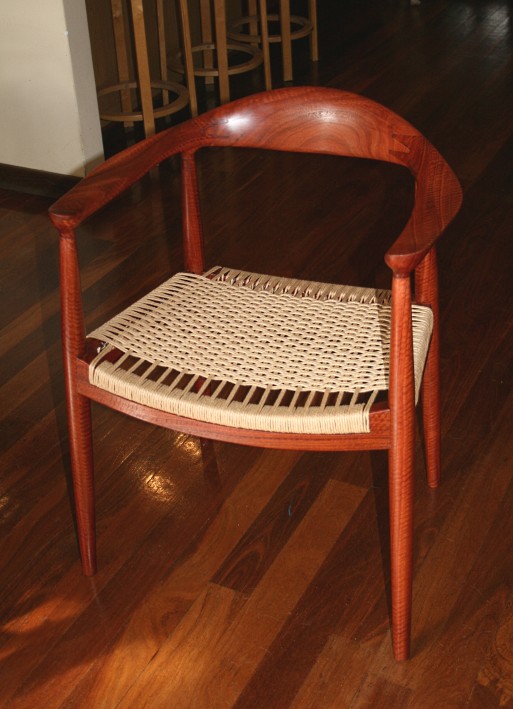Yojevol
Clocking on
My neighbour is having a sizable eucalyptus felled. It has a useable trunk of 12" dia. and about 4' long.
Has anyone used it? What's it like? Should I save it from the woodburner fate?
Brian
Has anyone used it? What's it like? Should I save it from the woodburner fate?
Brian





































